Jagua Tattoo: Exploring its popularity and artists
Join NUR SYAFINA BINTE IMRAN in an insightful conversation with renowned Jagua tattoo artists, Eileen Lim and Cassidy Ong, as they share their perspectives on community and experience.
BY
Nur Syafina Binte Iran
Editorial Admin Manager
Hype Issue #57
Published on
September 19, 2023
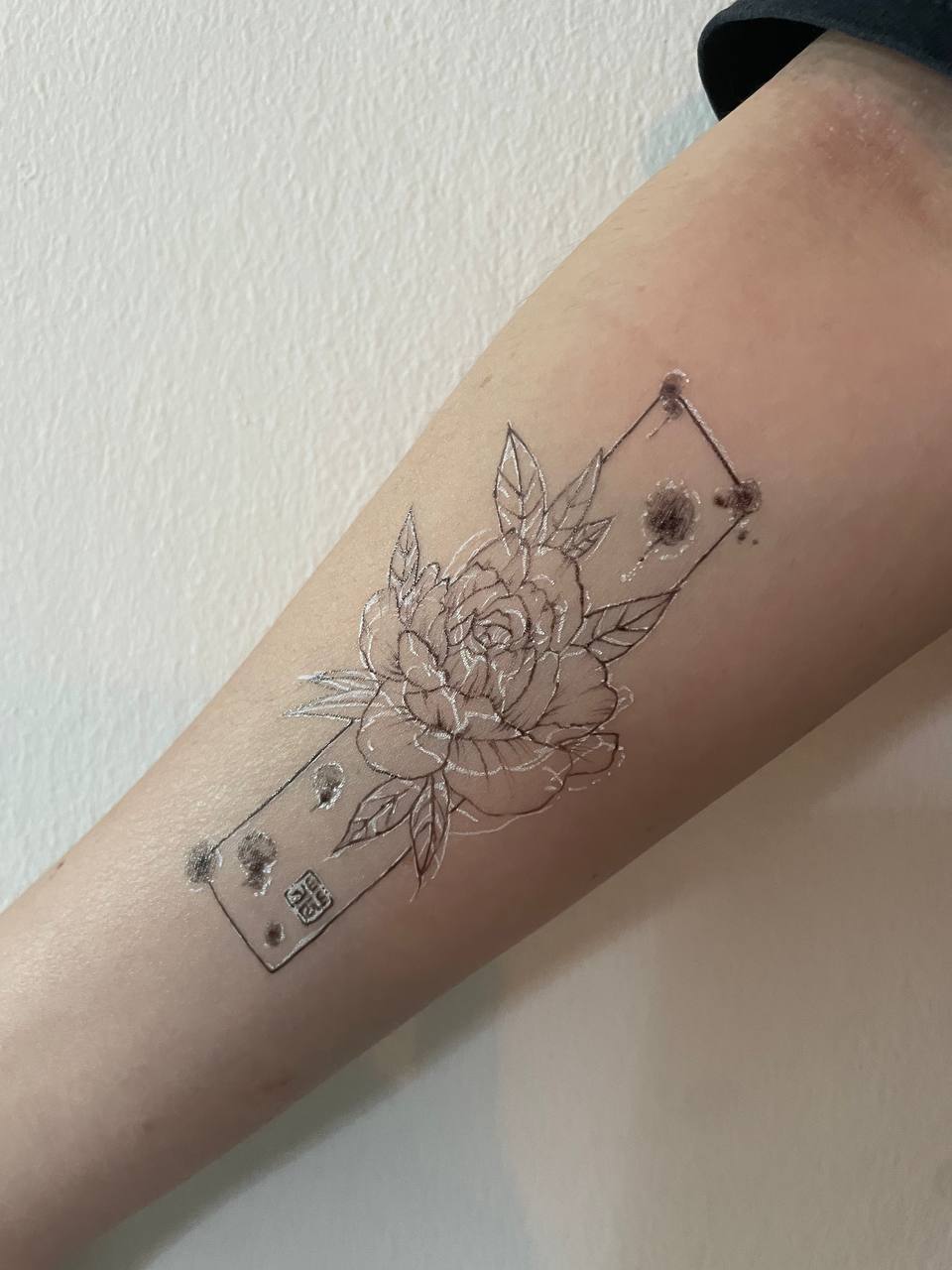
A Jagua tattoo designed by Cassidy Ong, Artist of No-Pain Cool-Stain. Photo by Nur Syafina Binte Imran.
In place of henna, Jagua tattoos are the current popular non-permanent alternative for those wishing to trial a design before committing to a permanent tattoo.
You might wonder, how did Jagua tattoos become the preferred option for temporary body art, surpassing the ever-popular henna?
In contrast to decades ago, the concept of body tattoos has become increasingly appreciated and accepted in society, especially amongst youths. A 2018 article by ThinkHouse highlighted that Gen Z (those born from 1997 to 2012) view tattoos as a means of self-expression rather than as an act of rebellion. As self-expression is one of the key principles of Gen Z, it could be a contributing factor to the rising popularity of Jagua tattoos.
In the midst of the COVID-19 pandemic, influencers embraced lifelike Jagua tattoos that went viral on platforms such as Instagram for their authentic look. However, obtaining these products locally often entails high shipping fees.
When Jagua tattoos were introduced to Singapore, youths went crazy over them thanks to the power of social media marketing. Credit is given to Ng See Min, founder and artist of Henndrawn, for allegedly introducing Jagua tattoos to the local community. Besides her, there are other talented artists in Singapore who draw temporary tattoos with Jagua ink in their own unique way.
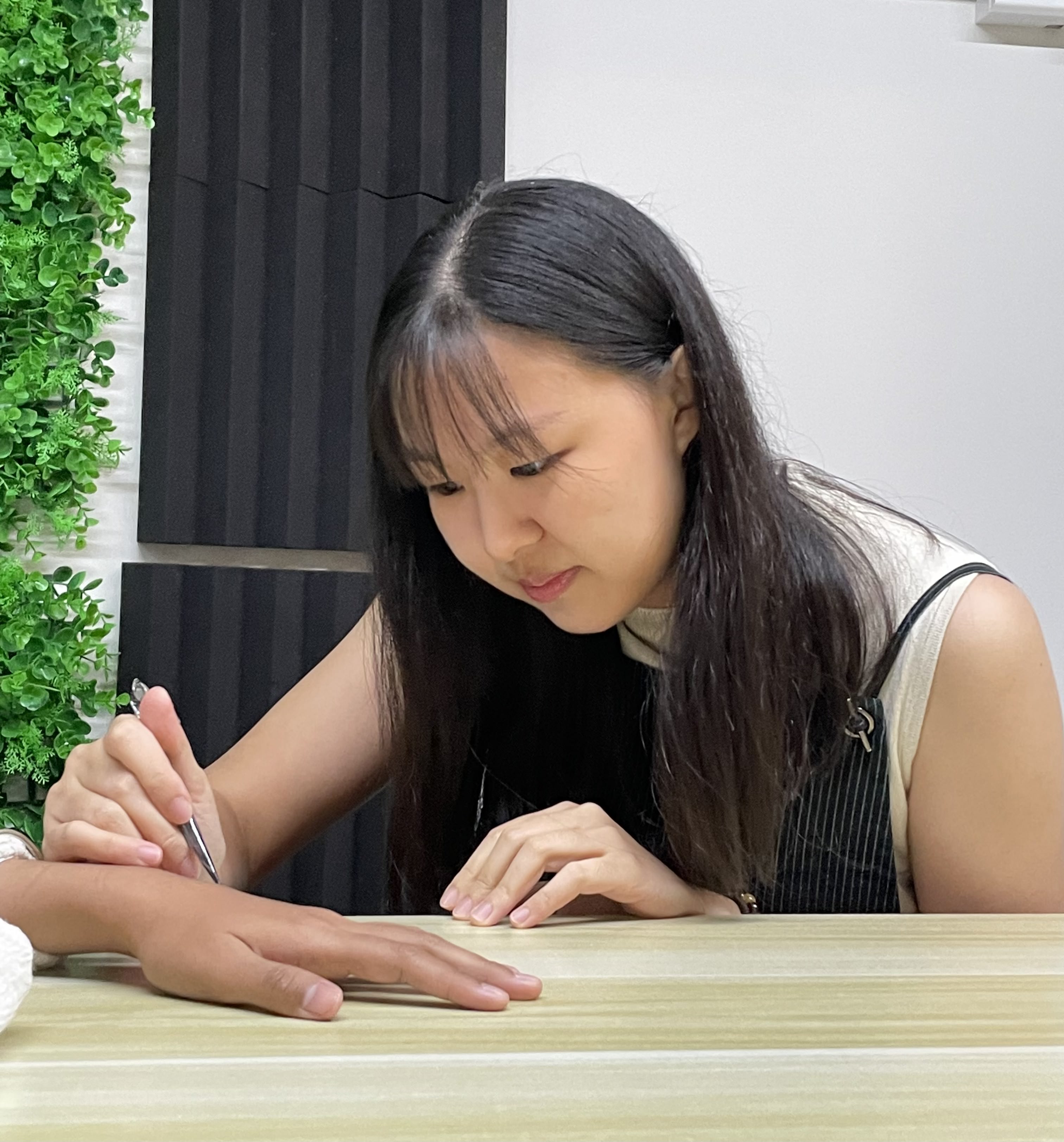
Artist of The Little Jotter, Eileen Lim, doing a Jagua tattoo on hand model. Photo by Nur Syafina Binte Imran.
Introducing Eileen Lim, 28, the creator and artist behind The Little Jotter which was established in 2018. Driven by a lifelong passion for the arts, she pursued the business while at the same time juggling studies in Commerce.
From her experience as an artist, she shared her views on the reasons for the rise in popularity of Jagua tattoos.
“Youth today value authenticity and self-expression, and Jagua tattoos offer a striking yet temporary way to embody these values. Furthermore, the Jagua ink is vegan and made from all natural ingredients, making it safe for skin application,” Eileen said.
Moreover, Eileen shared that Jagua tattoos offer a “true-to-life tattoo for a limited period” which grants her clients the freedom to embrace different designs over time. This symbolises the ever-changing nature of life and art, and shows that Jagua tattoo is the perfect choice for those who don’t want that lifelong commitment of a permanent ink tattoo.
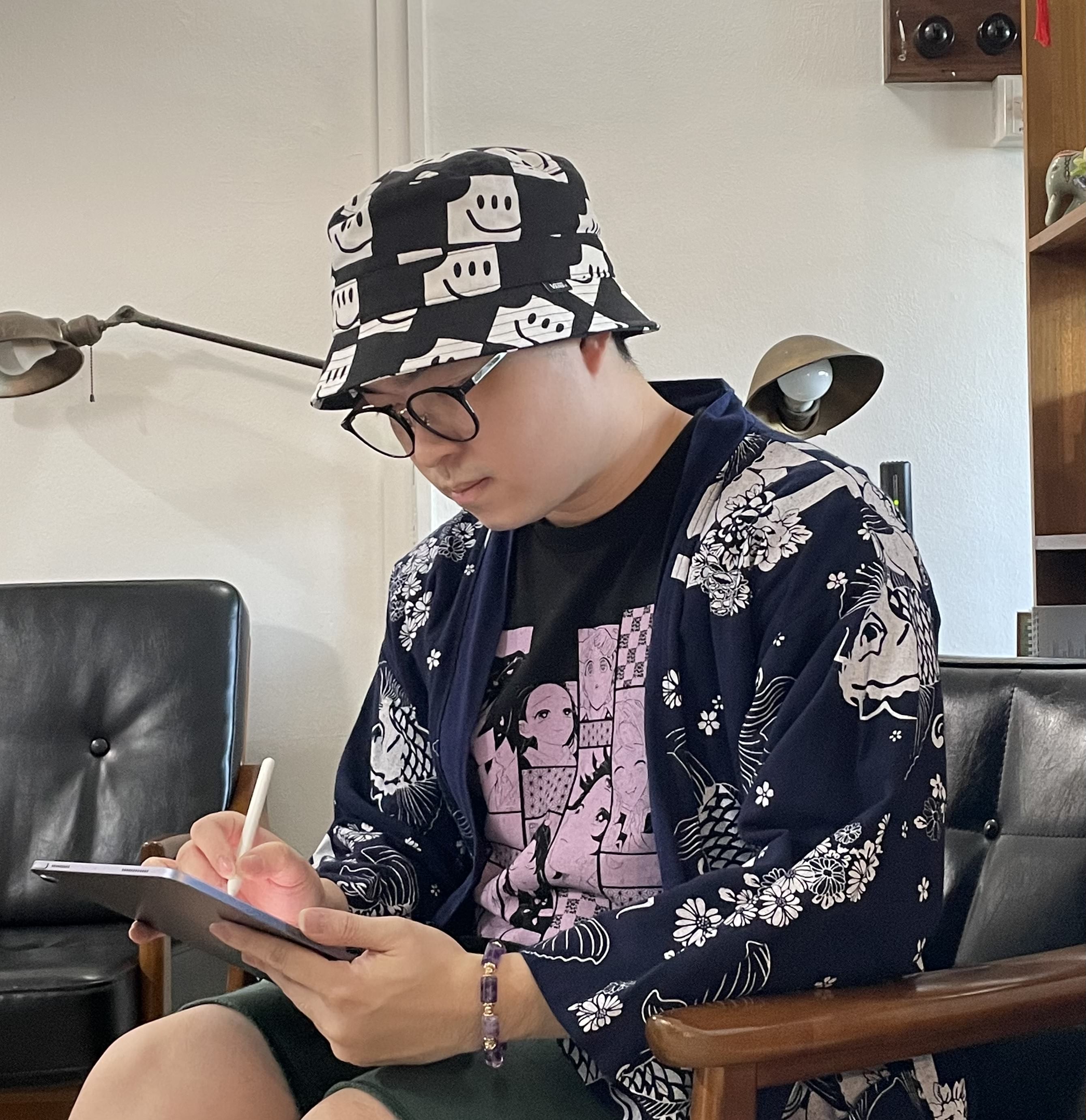
Cassidy Ong posing with his tablet which he uses for designing. Photo by Nur Syafina Binte Imran.
Meet Cassidy Ong, 25, the owner and artist of the popular Jagua business No-Pain Cool-Stain which has operated since 2019. He decided to pursue his love for art through Jagua inking for the fun of it after years of studying Chemical Engineering.
He believes that the popularity of Jagua tattoos will remain steadfast, primarily due to the ongoing demand from individuals who are unable to get permanent tattoos. Cassidy emphasised that Jagua artists play a crucial role in addressing this societal need.
“There are always people that cannot get tattoos for certain reasons. Even though, now, society kind of accepts (tattoos) but maybe due to their personal reasons, or maybe because of religion, their jobs, they cannot get [one],” Cassidy said.

Eileen consulting a client on the design choice before the inking process. Photo by Nur Syafina Binte Imran.
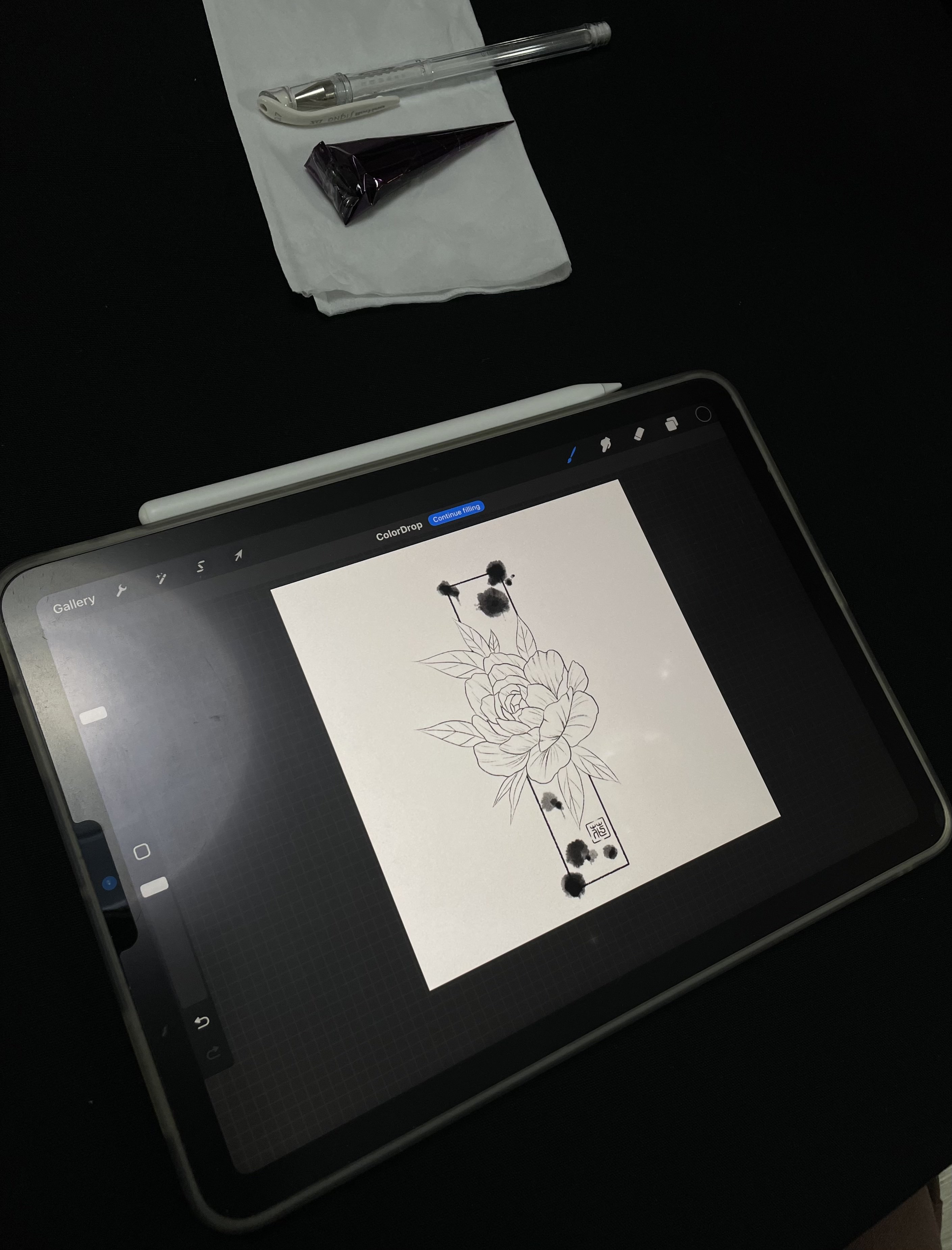
A pre-designed template created for the hand model by Cassidy prior to the appointment. Photo by Nur Syafina Binte Imran.
The process of getting a Jagua tattoo is also relatively similar to getting a permanent tattoo. Clients start out with ideating with the artist on a design they’d like to get, either by a prior consultation or during the inking appointment.
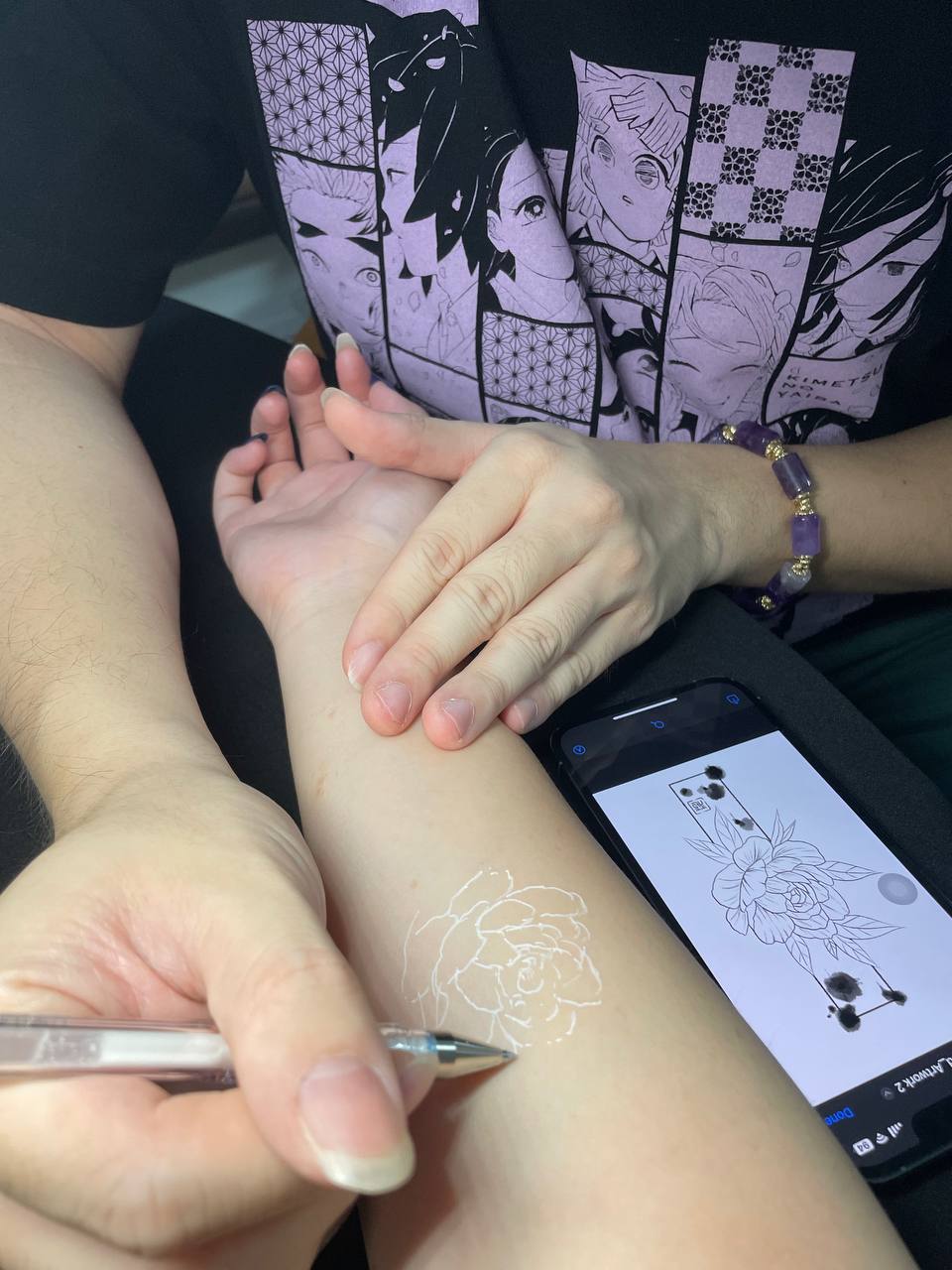
Cassidy using a white pen to map out the design on the skin. Photo by Siah Yue En Charis Joy.
From there, the artist will map out the design using a white pen before going in with the Jagua gel.
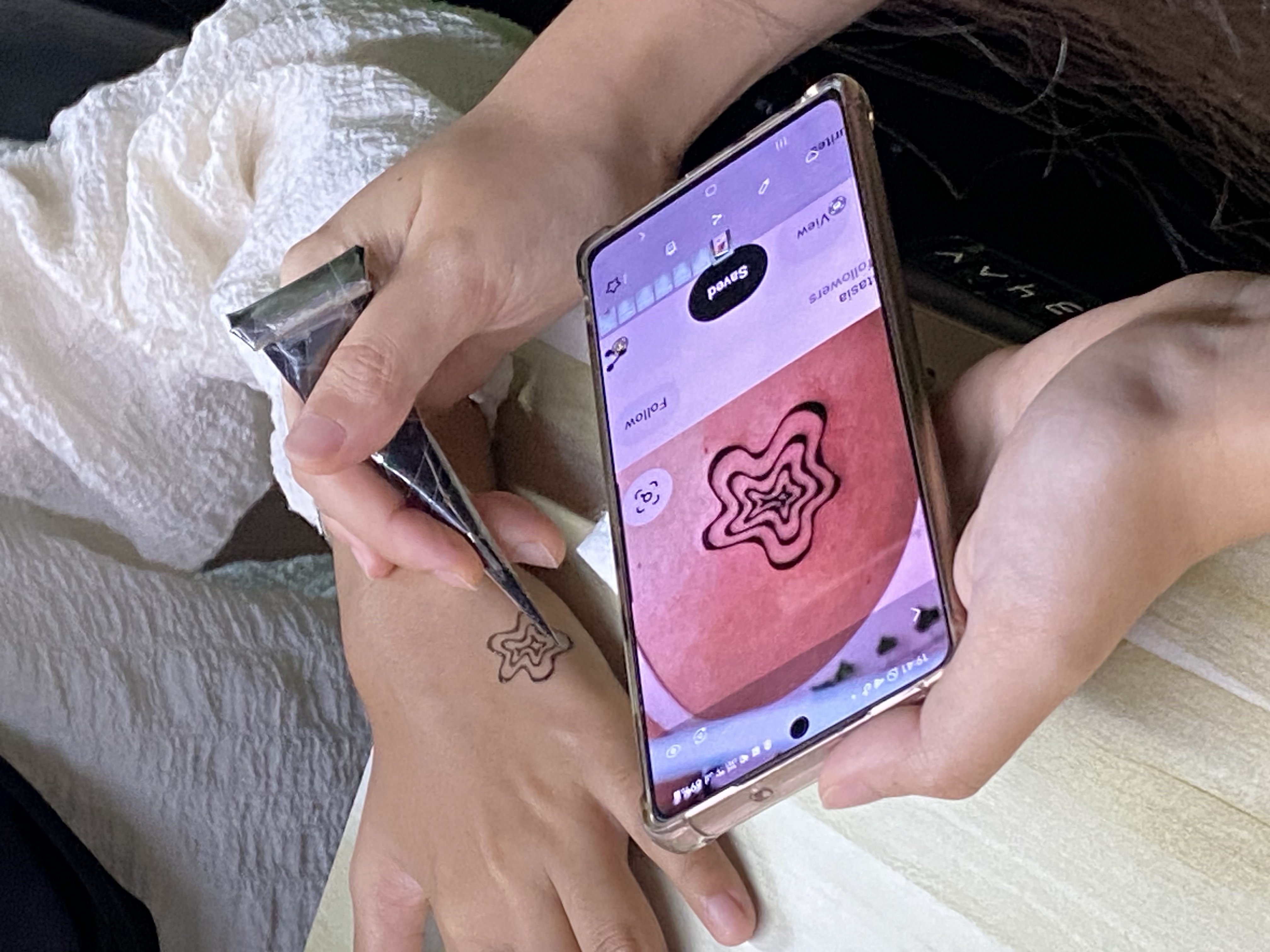
Eileen using the Jagua gel straight onto the model’s hand. Photo by Nur Syafina Binte Imran.
Though , depending on the artist’s preference, they can even go straight in with the Jagua gel without the need of the white pen as a guide.
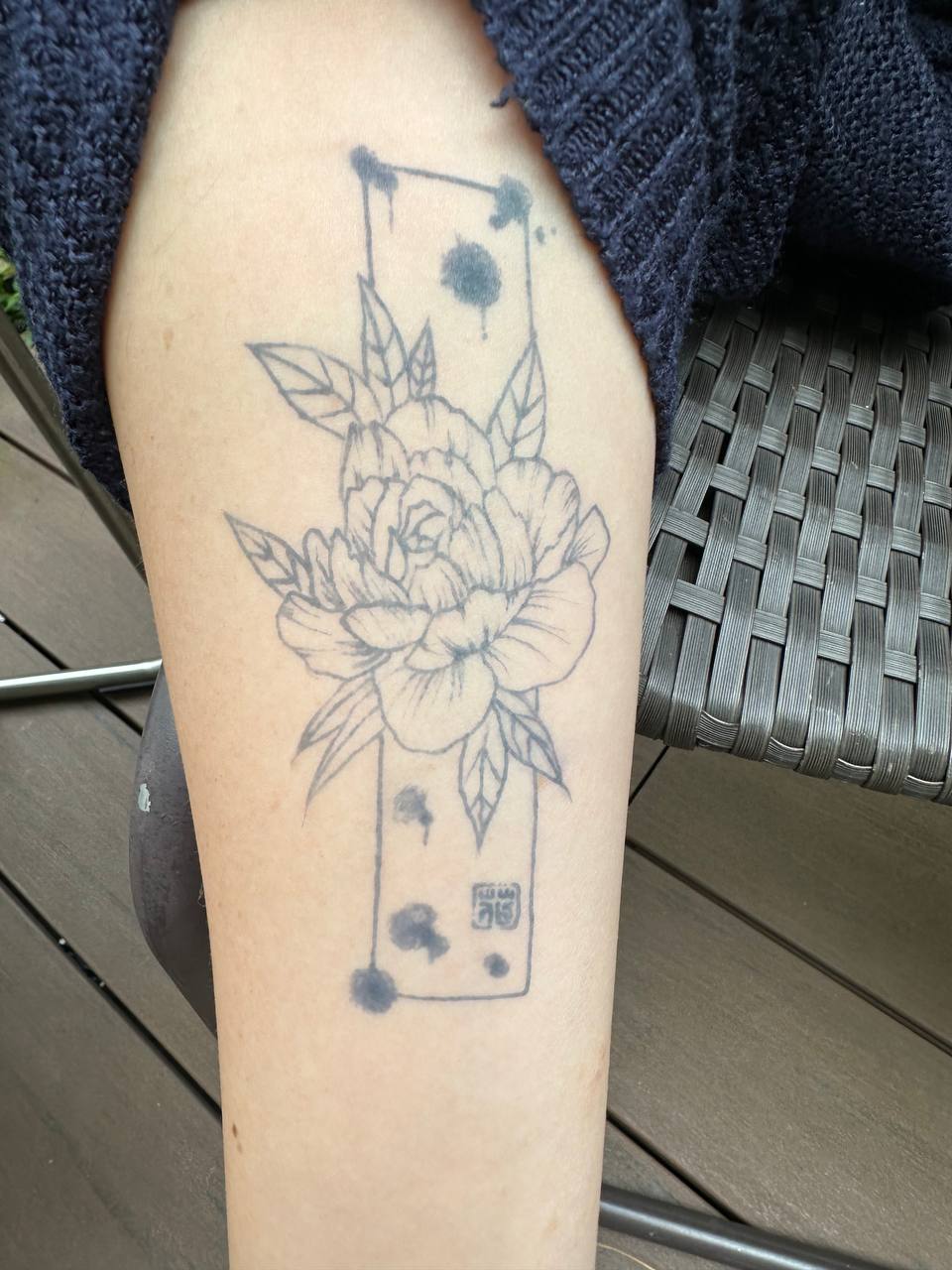
The final look of the Jagua design by Cassidy once the gel has dried and washed away. Photo by Siah Yue En Charis Joy.
The duration of the inking process varies depending on the complexity of the design, ranging from a few minutes to several hours. Either way, the wait is definitely worth it as once the Jagua gel is washed away (after letting it dry for at least four hours), a beautiful natural-looking masterpiece will be revealed.
The best part is Jagua tattoos last up to two weeks, no matter where the gel is placed on the body, unlike henna which can range from just a few days to two weeks depending on where the ink is placed.
Eileen recounted her most memorable Jagua work, while Cassidy reflected on the artwork that consumed the most time — a five-hour endeavour. In both cases, the results were nothing short of breathtaking.
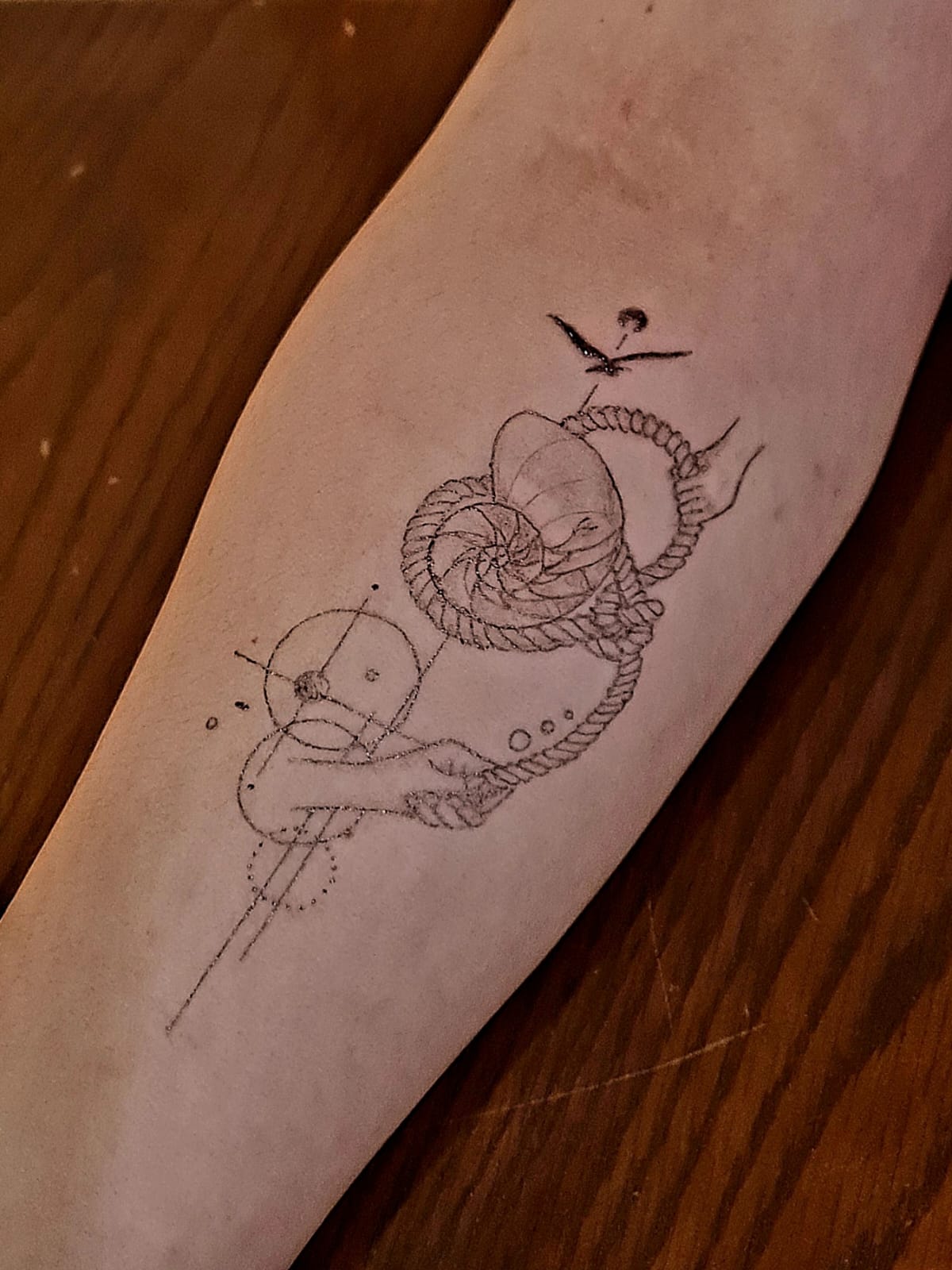
Eileen freestyled this tattoo on a client who wanted a design which encapsulates his personal journey of hardship. Photo by Eileen Lim.
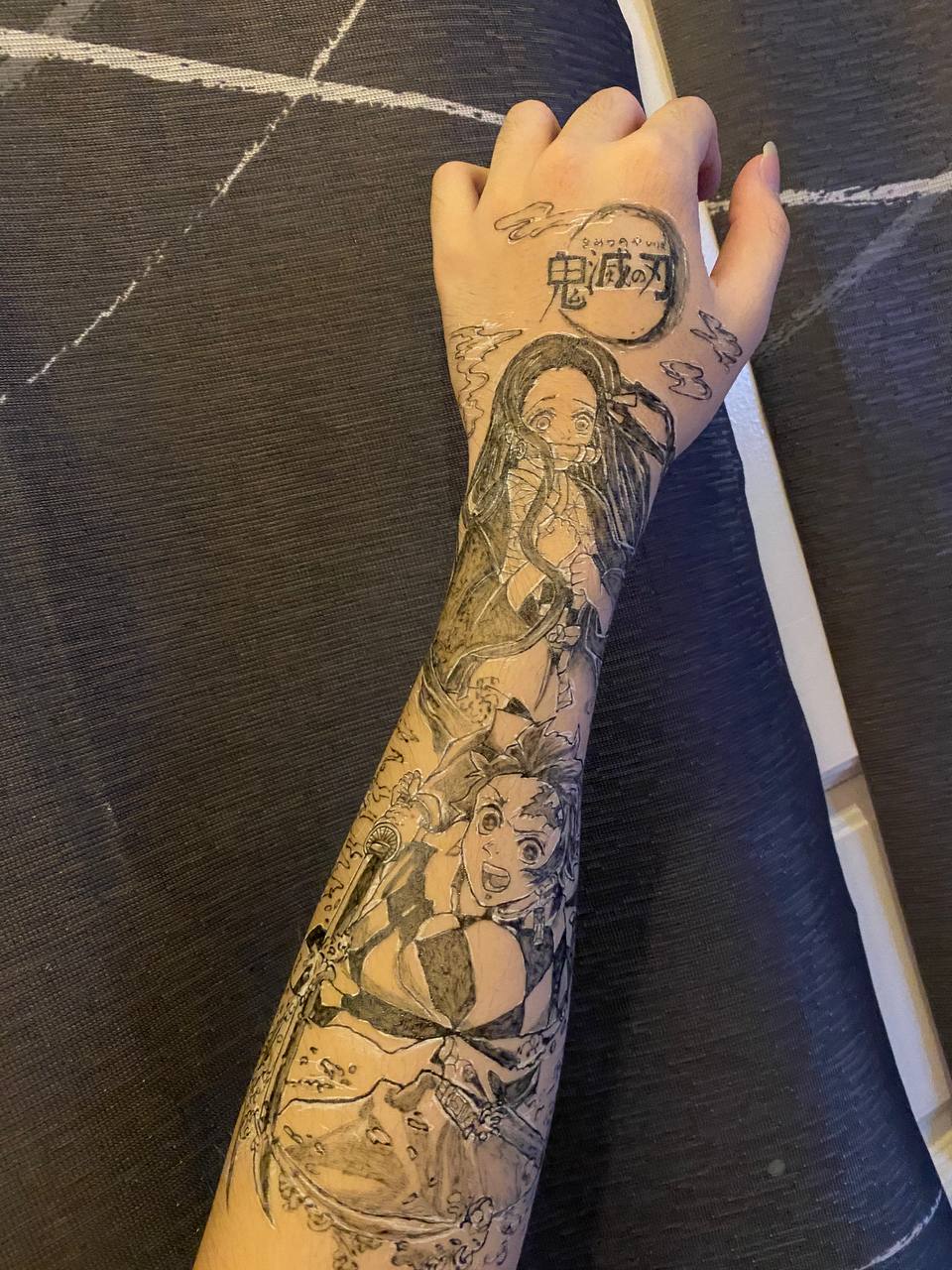
Cassidy worked on this design for five hours which features Tanjiro and Nezuko, characters from popular Anime series, Demon Slayer. Photo by Cassidy Ong.
Whether it’s the allure of temporary body art, the opportunity for self-expression, or the chance to embrace the ever-changing nature of life and art, Jagua tattoos offer a unique and intriguing experience.

Malatya Karaca Ticaret | NURKAN KARACA Malatya stihl bayi,Malatya stihl servis,Hızar motoru,Motorlu testere,Motorlu tırpan, Çim biçme makinası,Malatya karacalar,Malatya stihl, nurkan karaca Malatya’nın en köklü Stihl bayilerinden olan Nazım Karaca ve torunu Nurkan Karaca şimdi e-ticaret platformlarında faaliyet yürütmektedir. Mağazamız, hem stihl satışı hem de stihl servisliğini yapmaktadır.
Malatya Karaca Ticaret | NURKAN KARACA Malatya stihl bayi,Malatya stihl servis,Hızar motoru,Motorlu testere,Motorlu tırpan, Çim biçme makinası,Malatya karacalar,Malatya stihl, nurkan karaca Malatya’nın en köklü Stihl bayilerinden olan Nazım Karaca ve torunu Nurkan Karaca şimdi e-ticaret platformlarında faaliyet yürütmektedir. Mağazamız, hem stihl satışı hem de stihl servisliğini yapmaktadır.
I like the efforts you have put in this, regards for all the great content.
bahçe makineleri, motorlu testere, motorlu tırpan, çim biçme makinası, budama makası, akülü testere, benzinli testere, ms 170, ms 250,bahçe el aletleri satışını yapan firmamız kredi kartına taksit fırsatları ile şimdi sizlerle.
calm harp music
Awesome! Its genuinely remarkable post, I have got much clear idea regarding from this post
study music
There is definately a lot to find out about this subject. I like all the points you made
Thanks I have just been looking for information about this subject for a long time and yours is the best Ive discovered till now However what in regards to the bottom line Are you certain in regards to the supply
I have been surfing online more than 3 hours today yet I never found any interesting article like yours It is pretty worth enough for me In my opinion if all web owners and bloggers made good content as you did the web will be much more useful than ever before
My brother suggested I might like this website He was totally right This post actually made my day You cannt imagine just how much time I had spent for this information Thanks
Its like you read my mind You appear to know so much about this like you wrote the book in it or something I think that you can do with a few pics to drive the message home a little bit but instead of that this is excellent blog A fantastic read Ill certainly be back
Fantastic site A lot of helpful info here Im sending it to some buddies ans additionally sharing in delicious And naturally thanks on your sweat
Hi, Neat post. There is a problem along with your website in internet explorer, would test this텶E still is the market chief and a good section of other folks will pass over your magnificent writing due to this problem.
I really like reading through a post that can make men and women think. Also, thank you for allowing me to comment!